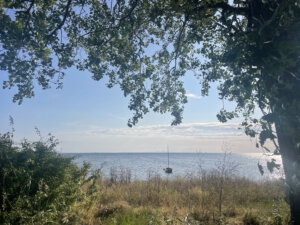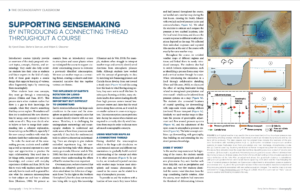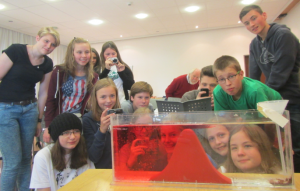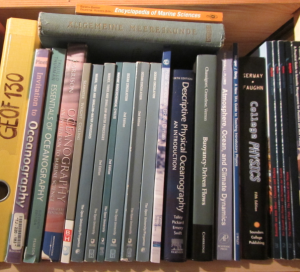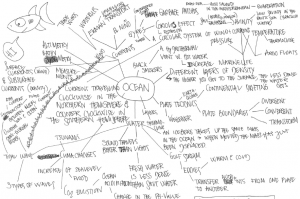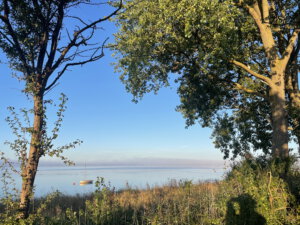
Reading more about constructive alignment (Wickström, 2015, on “Dekonstruerad länkning: En kritisk läsning av Constructive Alignment inom svensk högskolepedagogik och pedagogisk utveckling”)
Wickström (2015) states that the (Swedish) academic development has become dominated by very few concepts and theoretical models, mostly constructive alignment, Bloom‘s and SOLO taxonomy, and deep- and surface learning…
